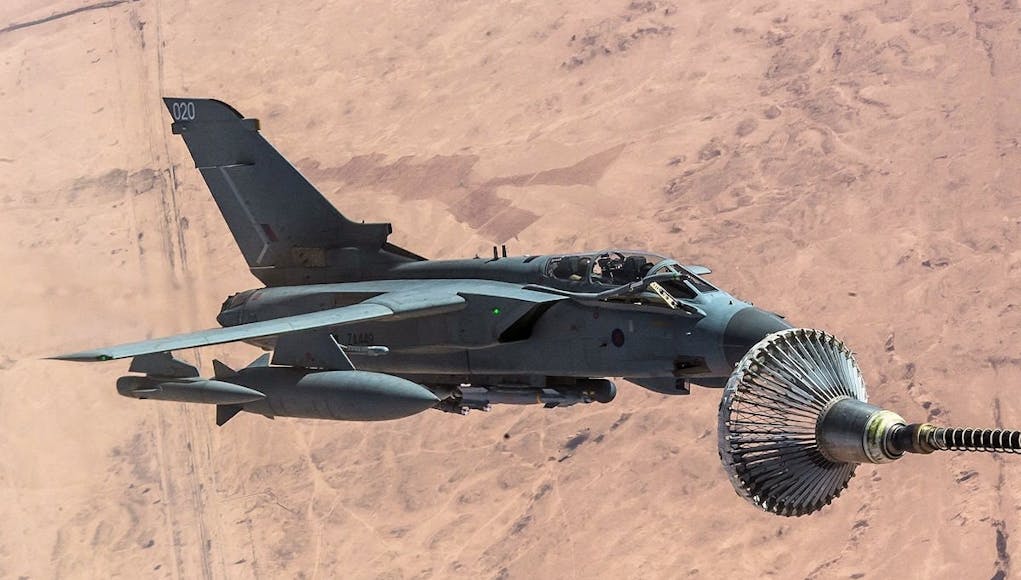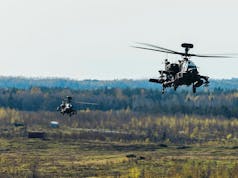Coalition military forces continue to attack Islamic State, conducting 23 strikes consisting of 28 engagements last week, officials reported today.
Officials reported details of the strikes, noting that assessments of results are based on initial reports. The list of strikes is displayed below.
Strikes in Syria
Last week in Syria, coalition military forces conducted 11 strikes consisting of 11 engagements against ISIS targets:
— Near Abu Kamal, a strike destroyed four ISIS logistics hubs.
— Near Dayr Az Zawr, 10 strikes engaged eight ISIS tactical units and destroyed an ISIS line of communication, four fighting positions and an ISIS vehicle.
On Nov. 7, coalition military forces conducted six strikes consisting of nine engagements against ISIS targets:
— Near Abu Kamal, a strike destroyed a command-and-control center.
— Near Dayr Az Zawr, four strikes engaged three ISIS tactical units and destroyed a tactical vehicle and an explosive hazard.
— Near Shaddadi, a strike destroyed an ISIS fighting position.
On Nov. 6, coalition military forces conducted four strikes consisting of six engagements against ISIS targets:
— Near Abu Kamal, two strikes engaged two ISIS tactical units and destroyed three command-and-control centers, an anti-air artillery system, a unmanned aerial vehicle facility, a tactical vehicle and an ISIS-held building.
— Near Dayr Az Zawr, two strikes engaged an ISIS tactical unit and destroyed a fighting position.
Strikes in Iraq
Yesterday in Iraq, coalition military forces conducted a strike consisting of one engagement against ISIS targets near Qaim, which engaged an ISIS tactical unit and destroyed a command-and-control center.
On Nov. 7, coalition military forces conducted a strike consisting of one engagement against ISIS targets near Qaim, which destroyed an ISIS-held building and engaged an ISIS tactical unit.
These strikes were conducted as part of Operation Inherent Resolve, the operation to destroy Islamic State in Iraq and Syria.
The list above contains all strikes conducted by fighter, attack, bomber, rotary-wing or remotely piloted aircraft; rocket-propelled artillery; and some ground-based tactical artillery when fired on planned targets, officials noted.
We understand that ground-based artillery fired in counterfire or in fire support to maneuver roles is not classified as a strike, they added. A strike, as defined by the coalition, refers to one or more kinetic engagements that occur in roughly the same geographic location to produce a single or cumulative effect.














Are we going to have to pay for all this damage? Will it come out of the foreign aid budget or the MOD budget? Would it come from the RAF budget who like dropping big bombs and blowing up entire buildings? It doesn’t seem to be included in any plan.